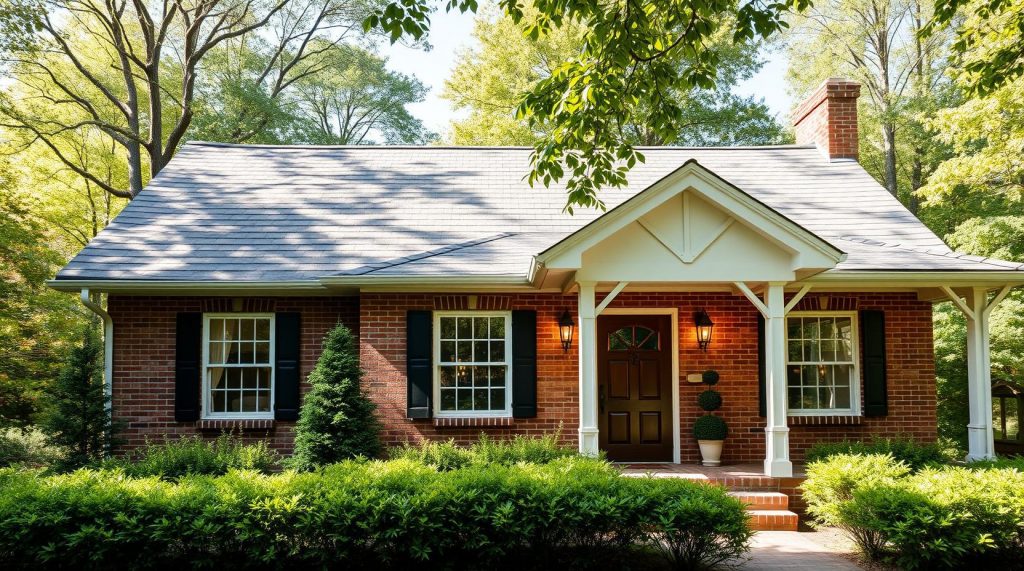
A Guide to Insulation Options for Energy-Efficient Buildings
Proper insulation is a cornerstone of energy-efficient buildings, contributing to reduced energy costs, enhanced comfort, and environmental sustainability. With various insulation materials and methods available, choosing the right option requires careful consideration of your building’s needs, budget, and energy efficiency goals. This guide explores the best insulation materials, their benefits, and how to choose the right solution for your project.
Best Insulation Materials for Homes
When selecting insulation materials, it’s important to consider thermal performance, durability, and environmental impact. Fiberglass is one of the most common choices, known for its affordability and effectiveness. Spray foam offers excellent air sealing and high R-values, while rigid foam boards provide consistent performance and moisture resistance. Natural materials like sheep’s wool and cellulose are increasingly popular for eco-conscious homeowners.
Energy-Efficient Building Insulation
Energy-efficient insulation minimizes heat transfer, maintaining indoor temperatures and reducing HVAC system strain. High-performing insulation materials such as spray foam, rigid foam, and cellulose are ideal for walls, roofs, and attics. These materials ensure thermal efficiency, reducing energy bills and environmental impact.
Comparing Types of Insulation
Insulation options include batts, loose-fill, spray foam, rigid foam, and reflective barriers. Batts and rolls are cost-effective and easy to install but less effective in tight spaces. Spray foam expands to fill gaps, offering excellent air sealing. Loose-fill is great for irregular spaces, while rigid foam excels in areas needing high moisture resistance. Comparing these types helps identify the best fit for specific applications.
Affordable Insulation Solutions
For budget-conscious projects, fiberglass batts and blown-in cellulose offer cost-effective insulation. Both materials provide good thermal performance at a lower price point. DIY-friendly options like batt insulation can save on installation costs, making energy-efficient upgrades accessible for more homeowners.
Insulation for New Constructions
New construction projects benefit from incorporating insulation during the design phase. Spray foam is ideal for sealing hard-to-reach areas, while rigid foam works well for foundations and walls. Pre-installation planning ensures even coverage, optimizing energy efficiency from the start.

Eco-Friendly Insulation Options
Sustainable insulation materials like recycled denim, sheep’s wool, and cork provide excellent thermal performance with minimal environmental impact. Cellulose insulation, made from recycled paper, is another eco-friendly option. These materials support sustainable homes construction while maintaining high energy efficiency standards.
Insulation and Energy Savings
Proper insulation significantly reduces energy costs by minimizing heat loss in winter and heat gain in summer. According to studies, well-insulated homes can lower heating and cooling bills by up to 20%. Over time, these energy savings offset the initial investment, making insulation a cost-effective upgrade.
Insulation for Sustainable Homes
Sustainable homes prioritize energy efficiency and environmental responsibility. Combining high-performance insulation with green building practices, such as passive solar design, maximizes thermal comfort while reducing reliance on fossil fuels. Choosing eco-friendly insulation options aligns with sustainability goals and enhances the home’s value.
Benefits of Proper Home Insulation
The benefits of insulation extend beyond energy savings. Proper insulation improves indoor comfort by maintaining consistent temperatures and reducing drafts. It also enhances soundproofing, creating a quieter living environment. Additionally, insulation contributes to better air quality by reducing moisture and preventing mold growth.
How to Choose Building Insulation
When choosing insulation, consider factors like climate, building design, and budget. For colder climates, materials with high R-values, such as spray foam or rigid foam, provide optimal thermal resistance. Warmer climates benefit from reflective barriers that deflect heat. Evaluate installation complexity, environmental impact, and long-term energy savings to make an informed decision.
Conclusion
Choosing the right insulation is a critical step in building energy-efficient and sustainable homes. By understanding the different types of insulation and their benefits, you can create a comfortable, cost-effective, and environmentally friendly space. Whether upgrading an existing property or designing a new construction, proper insulation is an investment that delivers long-term value.